Vacuum cleaners are essential for keeping our homes clean, but they can also be annoyingly loud. Whether you have a baby at home, work night shifts, or simply value a quieter environment, reducing vacuum noise can make a big difference in your day-to-day comfort. In this article, we’ll explore practical methods to minimize vacuum noise without sacrificing cleaning performance.
Why Are Vacuums So Noisy?
Before diving into solutions, it’s helpful to understand why vacuums are noisy. The primary sources of noise in a vacuum cleaner include:
- Motor: The motor generates suction and is the loudest component.
- Airflow: Air moving quickly through narrow passages can create whistling or whooshing noises.
- Vibrations: Parts of the vacuum, especially older models, may vibrate and amplify sound.
- Dust and debris: When particles hit the inside of the vacuum, they can produce clattering sounds.
Understanding these components helps pinpoint where sound reduction is possible.
1. Choose a Quieter Vacuum
Consider Low-Noise Models
If you’re looking to buy a new vacuum, look for models designed to be quiet. Brands often label these as “low-noise,” “quiet,” or “silent” models. These vacuums often include:
- Sound-dampening insulation
- Brushless motors
- Better engineering of airflow systems
Look at Decibel Ratings
Check the decibel level (dB) when comparing vacuums:
- 50–60 dB: Very quiet (similar to conversation)
- 60–70 dB: Moderate (like background music)
- 70–80+ dB: Loud (like a hairdryer)
2. Maintain Your Vacuum Regularly
A vacuum that is clogged or damaged can become noisier over time. Follow these maintenance tips:
Clean or Replace Filters
Dirty filters restrict airflow, forcing the motor to work harder and make more noise. Clean or replace them according to the manufacturer’s recommendations.
Empty the Dustbin or Bag
A full dustbin increases motor strain and airflow noise. Empty it frequently for both performance and noise control.
Check for Blockages
Clogs in the hose, wand, or brush head can increase noise levels. Run a regular check for debris or tangled hair.
3. Add Soundproofing Materials
You can modify your vacuum cleaner to reduce noise further:
Line the Interior with Sound-Absorbing Foam
Open the vacuum casing (if it’s safe and easy to do) and insert acoustic foam or rubber insulation around the motor housing to absorb vibrations and muffle sound.
Use a Rubberized Base
Place rubber padding beneath the vacuum’s base or wheels to reduce vibrations against the floor.
4. Change Your Cleaning Habits
Vacuum During the Day
Vacuuming at night can make noise more noticeable due to the quiet environment. Cleaning during the day when there’s background noise helps mask vacuum sounds.
Use a Lower Power Setting
If your vacuum has variable suction settings, use a lower setting when deep cleaning isn’t necessary. Less power usually means less noise.
Close Doors While Vacuuming
Simply closing doors to adjacent rooms can greatly reduce perceived vacuum noise throughout your home.
5. Use Noise-Canceling Accessories
Some accessories or attachments can help reduce vacuum noise.
Switch to a Quiet Floor Head
Some brush heads generate more noise due to hard bristles or plastic-on-floor scraping. Opt for rubberized or felted heads that glide more quietly.
Use a Silencer Attachment
Certain vacuums, especially canister types, support silencer attachments that go on the exhaust and reduce high-pitched noise.
6. Place Rugs or Carpets Strategically
Vacuuming on hard floors tends to be noisier than on carpets. You can:
- Lay down temporary rugs in areas where vacuuming is loudest
- Vacuum on carpeted areas first to reduce initial noise levels
7. Wear Hearing Protection (As a Last Resort)
If the vacuum is still too loud and you’re unable to replace it or modify it further, wearing earplugs or noise-canceling headphones is a simple and immediate fix to protect your ears and reduce irritation.
Conclusion
Vacuum noise doesn’t have to be an unavoidable nuisance. Whether you’re maintaining your existing vacuum, modifying it with soundproofing materials, or shopping for a quieter model, there are plenty of ways to make cleaning a more peaceful experience. By understanding where the noise comes from and applying practical tips, you can dramatically reduce vacuum noise without compromising on cleanliness.


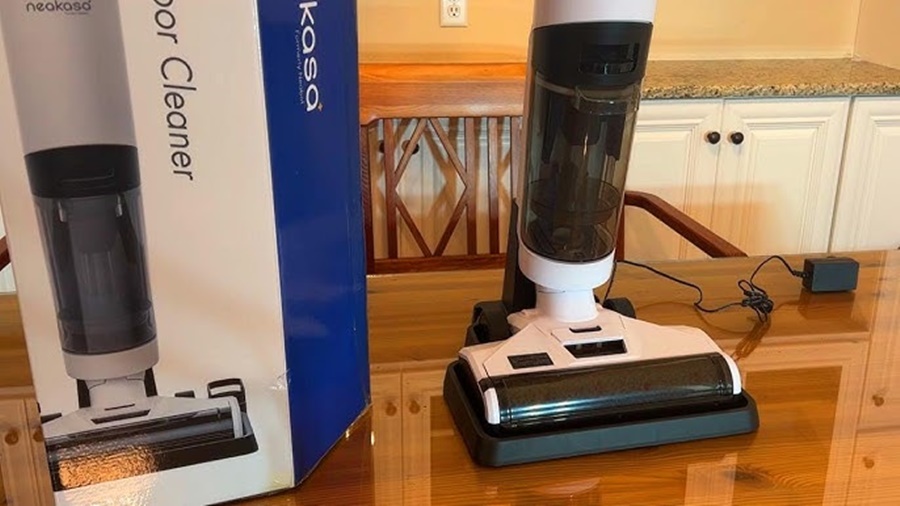
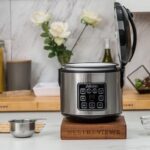
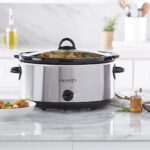
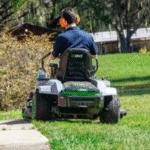
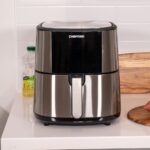
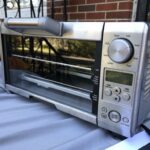
Leave a Reply